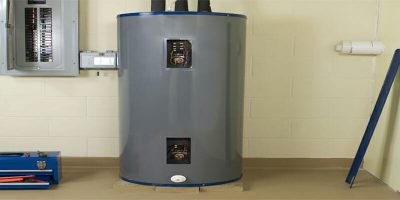
Hot Water Tank Replacement Costs (Expert Guide 2023)
When your hot water system is on the fritz, it’s most likely time for a Sutherland Shire area plumber to perform needed repairs. And since most units of hot water systems have a life expectancy of anywhere from eight to 14 years, if it’s acting up and older than that, it may be time for … Read more

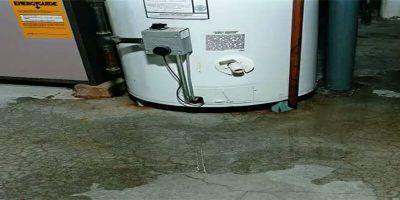
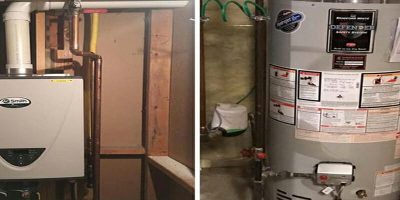
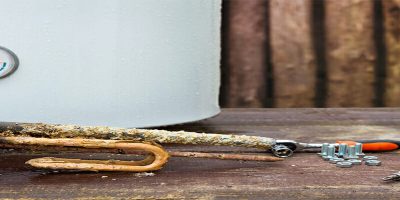
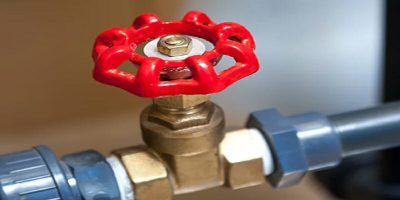
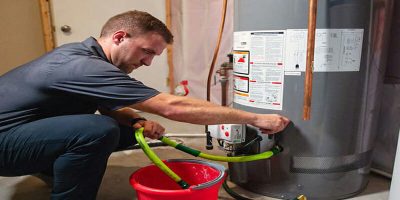
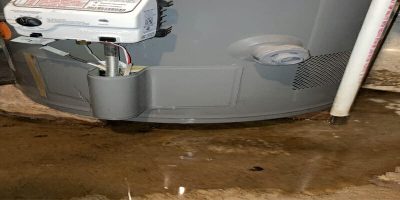
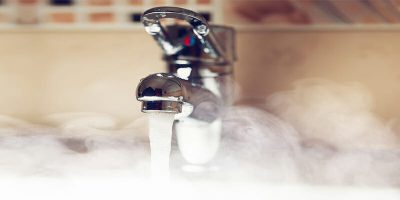
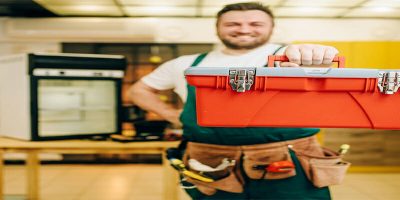
 Enquire
Enquire